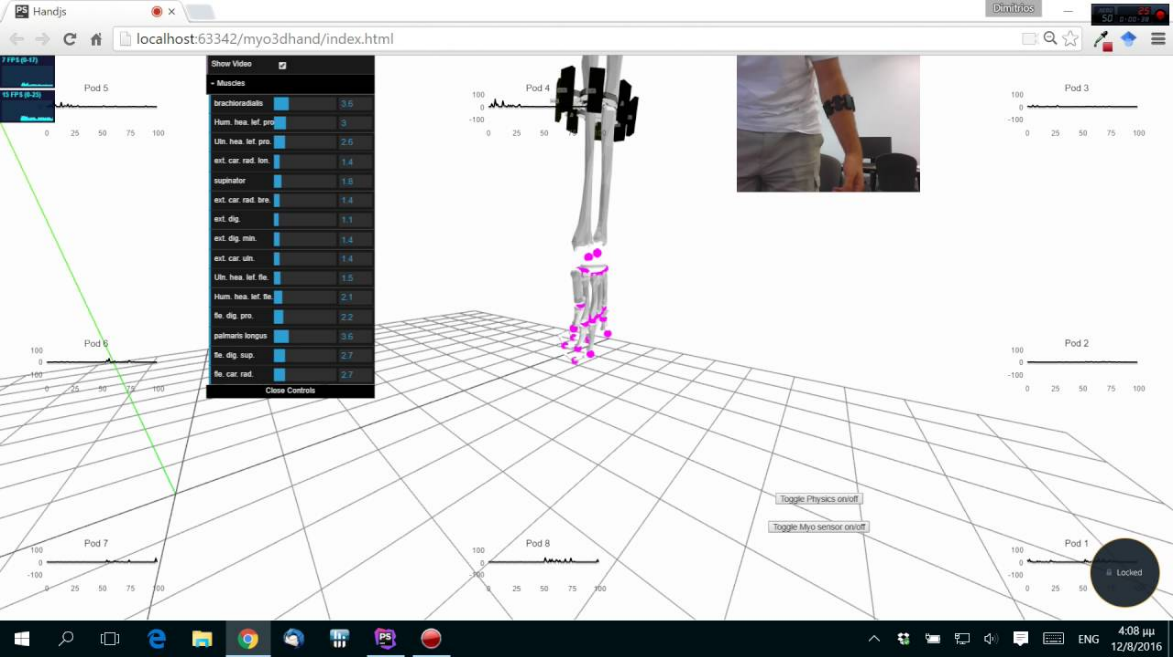MYONABLER@VR
MYONABLER@VR is a Virtual Reality (VR) that provides patients the opportunity to perform gait retraining exercises (Exergames) at home and keep up with their intervention program with low-cost equipment, even in quarantine.
Rehabilitation patients often do not adhere to and follow their treatment plan – especially in rural areas and quarantine conditions. This can be attributed to:
- The lack of technical equipment at home (treadmills, robotic exoskeletons, biofeedback monitors and sensors)
- The absence of reliable medical condition assessment methods and advice
- Motivation shortage in prolonged periods at home
MYONABLER@VR uses affordable and portable equipment coupled with deep interdisciplinary knowledge to provide advice and promote engagement for rehabilitation at home. Specifically, it employs:
- A VR headset + An ElectroMyoGraphy (EMG) sensor equipment (one-time purchase)
- The MYONABLER@VR software that provides guidance and re-training individuals to change coordination of redundant muscles and reduce load (subscription service)
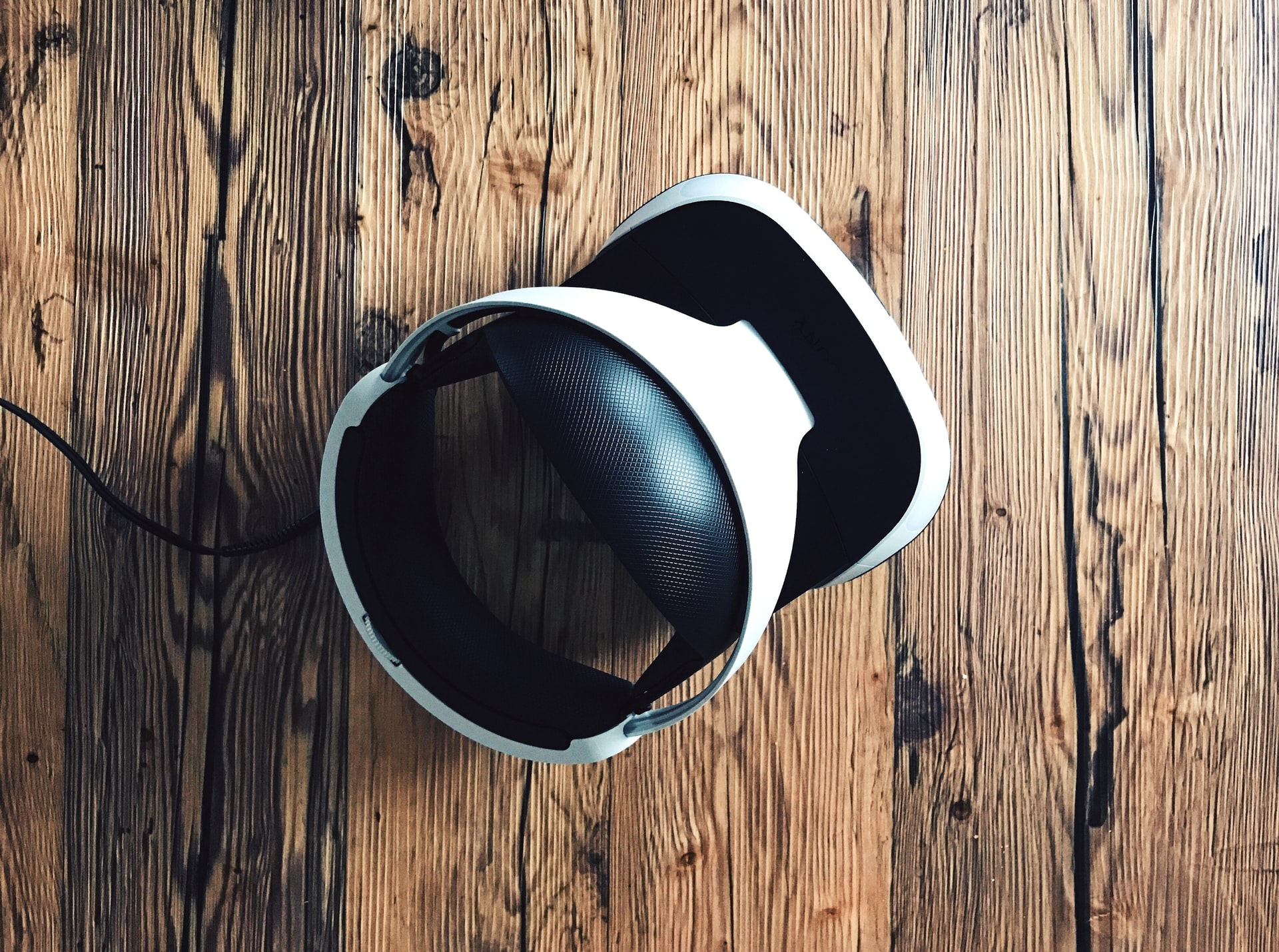
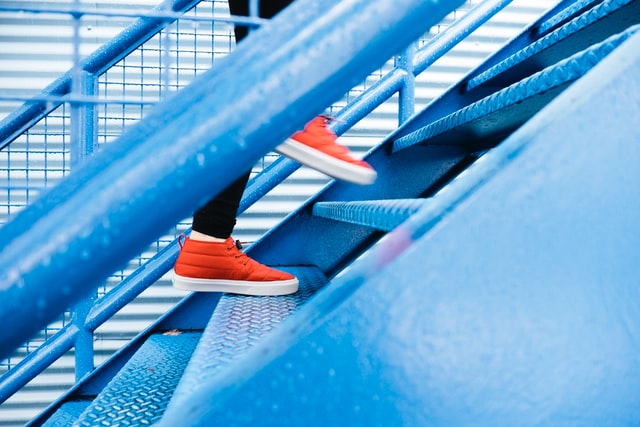
Material
MYONABLER@VR comes from interdisciplinary R & D experiences of the team and assets previously built that are publically available below.
Use of MYO to study upper limb kinetics in pottery
The Myo EMG device (8 EMG channels, 3-axis Gyroscope-Accelerometer-Magnetic sensor) was used to capture gestures of a pottery craftsman, recognise and compare them, while also evaluating the usability of the platform.
The study is available as a publication at:
D. Ververidis, S. Karavarsamis, S. Nikolopoulos, and I. Kompatsiaris, “Pottery gestures style comparison by exploiting Myo sensor and forearm anatomy,” in Proc. ACM International Symposium on Movement and Computing (MOCO), Thessaloniki, 2016.
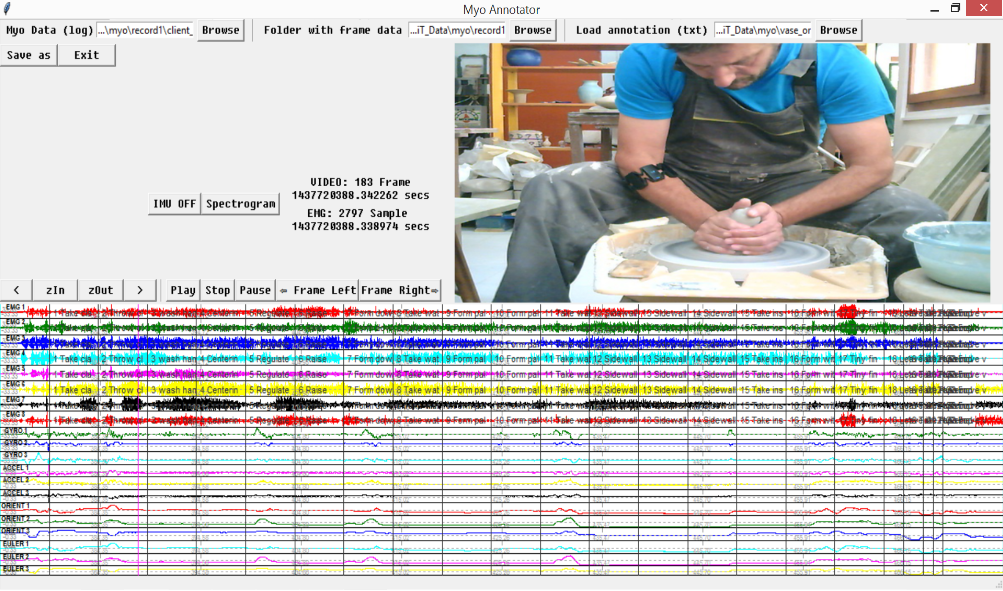
Lower Limbs Kinetic study & Open-source DanceAnno(tator)
Kinect and IMU devices were used to capture and compare dancing steps, skeletal poses and style of a professional dancer and many amateur dancers, focusing on lower limbs.
The annotator developed to support the study is available as open-source here.
The study is available here:
S. Karavarsamis, D. Ververidis, G. Chantas, S. Nikolopoulos and Y. Kompatsiaris, “Classification of Salsa Dance Steps from Skeletal Poses,” in Proc. Intern. WS on Content Based Multimedia Indexing (CBMI), Bucharest, 2016.
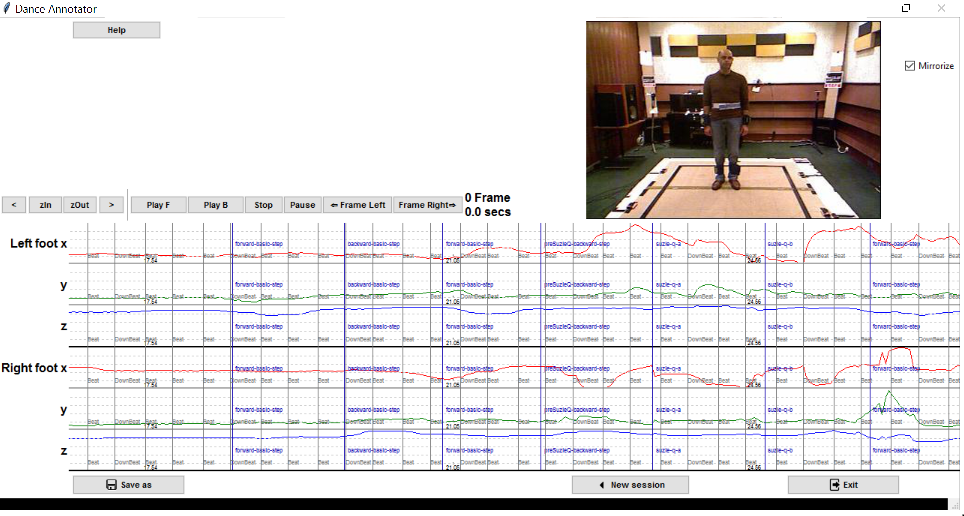
Reverse-Engineering Human Upper Limb movements in real-time from Myo EMG
The Myo EMG device (8 EMG channels, 3-axis Gyroscope-Accelerometer-Magnetic sensor) was used to reverse-engineer a 3D model of human upper limbs (to 15 muscle activation levels), using Physics and WebGL implemented using the Three.js framework.
The MyoWebToolkit web application is available as:
